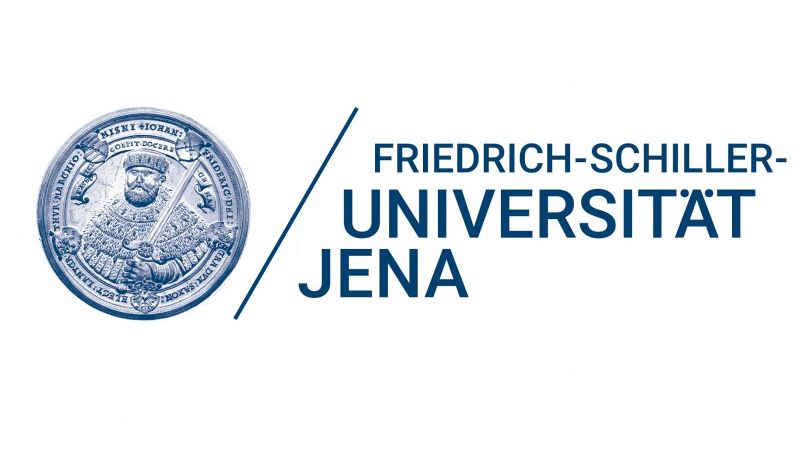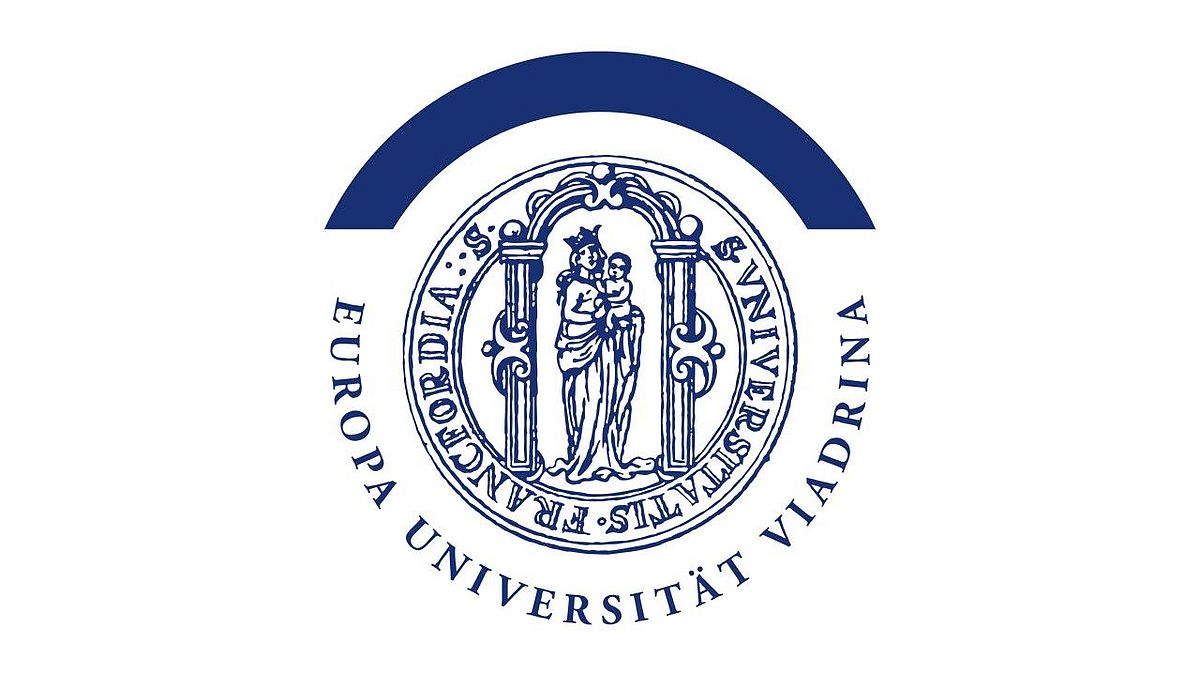Sub-project 2: The legacy of the GDR innovation system
The Legacy of the GDR Innovation System in East German Regions
Team: Michael Fritsch (FSU, head of sub-project 2), Michael Wyrwich (FSU, head of sub-project 2), Maria Kristalova (FSU, UB)
Research Questions:
- To what extent are the current innovation processes and activities in East German regions shaped by the historical legacy of GDR’s socialist innovation system?
- What role does the legacy of the socialist innovation system play in the differences in the efficiency of innovation activities, not only between the regions in Eastern and Western Germany, but in Central and Eastern European countries as well?
- To what extent does the reorganization of innovation processes in the regions of East German federal states take into account the conditions that existed before 1945? Do these historical influences have a positive or negative effect on innovation processes?
Approach:
The blocking of technical progress, analyzed at the macro level in SP1, had its origin in the specificity of the GDR innovation system. The socialist system was strongly oriented towards the Soviet innovation system based on a linear model of the innovation process. In this system scientific institutions were the source of new products and technologies that were then transferred directly to companies for mass production and implementation. This bifurcation of the innovation process stands in sharp contrast to market-based processes where institutions of learning work in tandem with business enterprises to provide the market with innovative products and technologies in response to the demands of users/consumers. Against this background, an enormous transformation of the innovation system in East Germany took place after 1989.
In spite of efforts to transform innovation processes in the former GDR, significant differences remain with regard to the levels of innovation input and output, new business formation and internationalization activities and, thus, economic performance when compared to the federal states in western Germany. Although some progress has been made to close this gap, its persistence is problematic and confounding. These disparities are problematic because they may induce outmigration of qualified personnel who are the very impetus for innovation and start-up activities. These regional disparities are also confounding because empirical analyses show that they can only be partly explained by structural differences found in the respective regions. A major research gap therefore lies in clarifying to what extent the weakness of innovation can be traced back to the institutional legacy of socialism (and the time before), beyond the known structural characteristics.
In order to address this research gap, we will collect data that include patent indicators, measures of economic performance and internationalization. These data will be organized to address specific historical eras: pre-WWII, 1945-1990 and more recent decades. This approach will allow us to disentangle the influences of the Soviet era from any regional differences that may have existed before World War II. We will expand our analyses to include not only German regions, but the regions of Central and Eastern Europe as well. We expect this expanded analysis to provide us with valuable insights into the historical legacies and influences of regional socialism. All of the data will be analyzed by applying quantitative econometric methods.
There is close cooperation with SP3, especially with regard to the preparation of historical data. The qualitative analyses of SP6 provide an important input for the analysis of the regional entrepreneurial potential in this SP.
Click here for more information...





